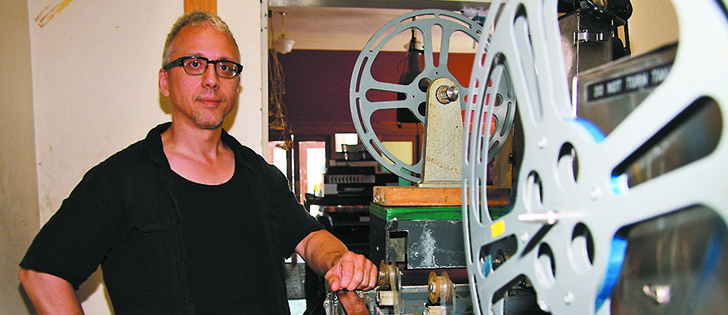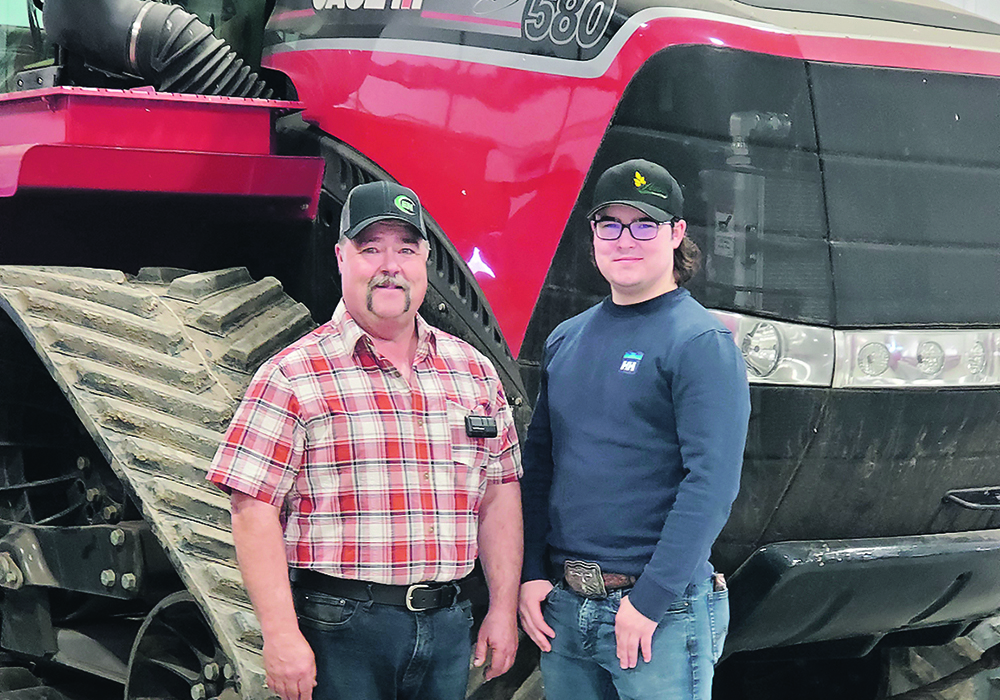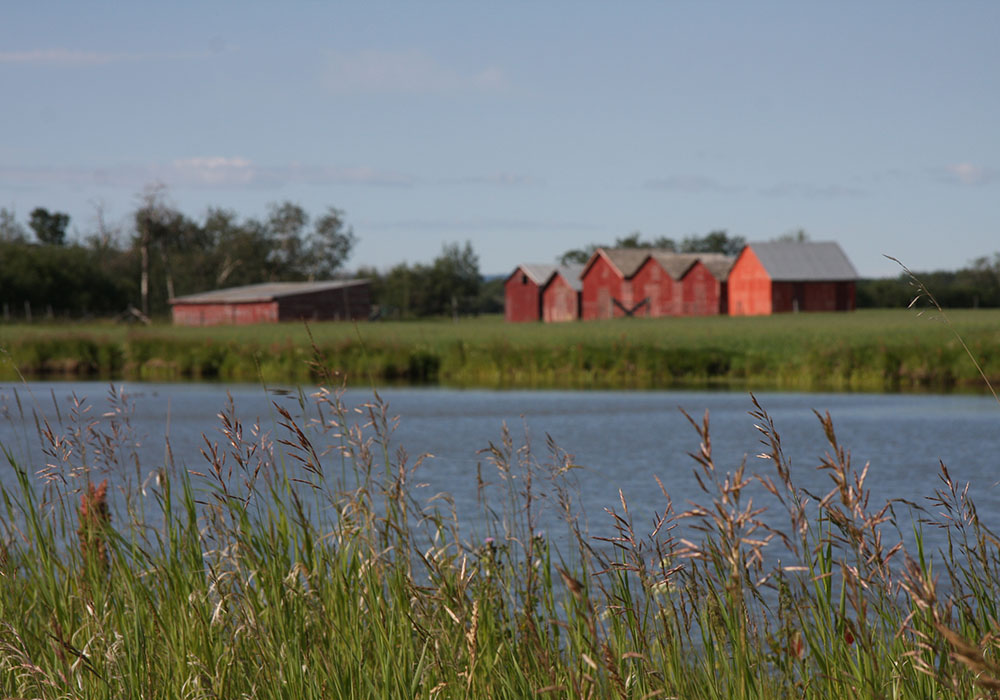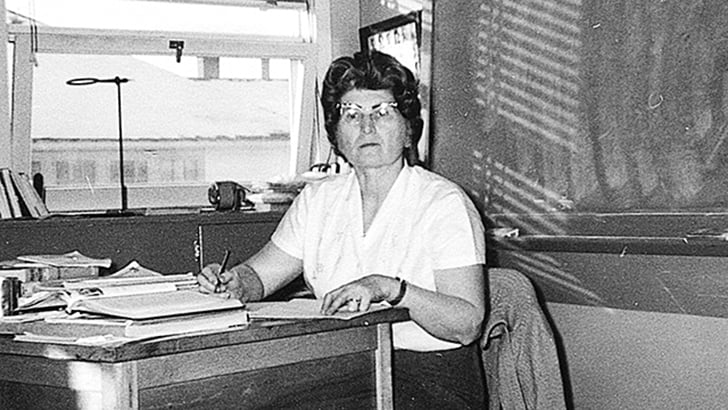INDIAN HEAD, Sask. — Greg Miller never tires of looking at old photos.
It’s his business at Film Rescue International, but it’s also a passion that started in childhood with the purchase of a Rollei SL 35 camera.
“You never get bored with it,” he said.
“I never get up in the morning and say, ‘oh, I have to work.’ ”
From his home and office in a onetime bank building in Indian Head, Miller specializes in the cold cases: exposed still and movie film that dates back decades and requires a special process to bring to light.
Read Also

Fuel rebate rule change will affect taxes and AgriStability
The federal government recently announced updates to the fuel rebates that farmers have been receiving since 2019-20.
But there are limitations, said Miller’s wife, Tracey Gostick, who handles the company’s administration, customer service, shipping and receiving and accounting duties.
“A stumbling block is dealing with people who don’t realize 40-year-old film won’t come out as two-year-old film,” she said.
Miller honed his skills through jobs in which he processed and developed motion picture and still film.
“He’s our mad chemist,” said Gostick.
The couple came to Saskatchewan in 1999 to be closer to Miller’s parents, who live in Wolseley, Sask., and to take advantage of real estate that was considerably cheaper than their former home in Toronto.
“Opportunities for creative things in a small town are way better,” said Miller, who performs with a local band and is active in the local theatre.
“It doesn’t matter where you are: the nice thing about the business is you don’t have to be in a large urban centre,” said Miller, citing the company’s satellite offices for receiving materials in Holland and the United States.
Processing and printing take place where tellers once stood and spills into a basement that includes a darkroom and plethora of processing equipment, computers and projectors.
Technician Cory Rennebohm, one of eight workers drawn from the region, adjusts the contrast and lightens tones of a film depicting a family’s summer vacation in the 1960s.
“You see how much you have in common with people around the world. It drives home the commonalities with people rather than the differences,” he said of the work.
“It gives people a little bit of their family history.”
Rennebohm said the images have inspired him to travel to these spots and see how they have changed.
He trained in film studies but worked in health care until landing this position five years ago.
Many of the images he has viewed have been pleasant, such as family gatherings, the Apollo 11 launch, nudes and tours of Russia.
However, there is also a darker side, including footage shot in Vietnam from a helicopter as a village is fired upon.
“It makes the hair stand up on the back of neck,” he said. “It has coloured how I look at the world.
Gostick echoed similar sentiments.
“It gives you an unhappy feeling.”
She and Miller say their work comes from people around the world and ranges from celebrity families of Sammy Davis Jr., George Harrison and Lyndon B. Johnson seeking long lost images to police departments looking for evidence of child pornography and other crimes.
Miller marvelled at footage from 1950s Yukon, where “every frame was incredible,” a child’s open casket funeral, a mother and child looking out a window and a 1910 formal portrait of an aboriginal family.
The company works in six week cycles on film that might be decades past its best before date. Approximate costs are $36 to develop 36 print exposures, although they are waived if nothing can be saved, and $48 for movies.
The latest enterprise is creating digital archives of families’ images so that they can be preserved, easily shared and reprinted.















